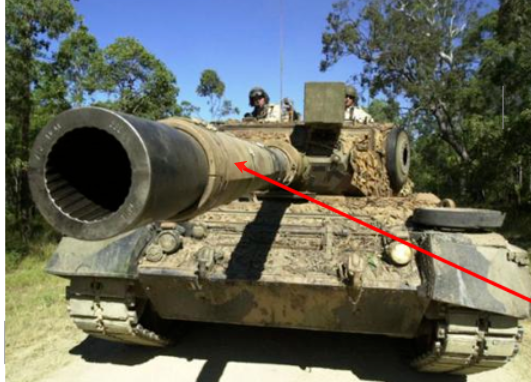In ancient poetry, there is a poem describing a material that can withstand high temperatures: “With a hammer, one carves through the depths of the mountains;In fierce flames, one endures as if it were mere trifles.”

In fact, among many materials, there is no shortage of this “hard core” material, which is more resistant to high temperatures and tougher than limestone. Today’s popular science protagonist – basalt fiber – is such a “hard core” material:

Basalt fiber is a new type of inorganic environmental protection green high performance fiber material, which is composed of silica, alumina, calcium oxide, magnesium oxide, iron oxide and titanium dioxide oxides.
China has listed basalt fiber as one of the four major fibers (carbon fiber, aramid, ultra-high molecular weight polyethylene, basalt fiber) with a focus on development, and has achieved industrial production.
If you understand the production process of basalt fiber, you will be shocked by its “hard core” : with the natural basalt rock formed by volcanic eruption as raw materials, it is broken into the melting kiln, heated to 1450~1500℃ melting state, through the platinum rhodium alloy wire drawing leakage plate quickly pulled, basalt fiber is made in this way.

In short, the process of making basalt fibers is to “draw wire” from hard volcanic basalt rock at high temperatures. As an amorphous inorganic silicate material, basalt fiber has a short production period, simple process, no industrial wastewater, waste gas production, and high added value, and is known as the “green new material” in the 21st century. And because its color is golden brown, the process of producing basalt fiber is called “Midas touch”.
The reason why basalt fiber is a green material is because it is very environmentally friendly from mining to production and manufacturing: because basalt fiber is made of basalt ore after melting and drawing, so its raw materials are very sufficient, in the earth and the Moon, there are a large number of basalt rock reserves, raw materials are sufficient.
In the production process, the production process of basalt fiber is very environmentally friendly, and no harmful substances are precipitated in the smoke and dust, which will not pollute the atmosphere.
When the basalt fiber is manufactured, it has excellent high temperature resistance and thermal shock stability, can remain unchanged at 650 ° C, and has durability, weather resistance, ultraviolet radiation resistance, water resistance, and oxidation resistance comparable to natural basalt stone.
In addition, basalt fiber also has high elastic modulus and tensile strength, high sound absorption coefficient, good electrical insulation and dielectric properties, natural silicate phase compatibility, low moisture absorption, low heat conductivity… With these good physical and chemical properties, basalt fibers are widely used.
The application of basalt fiber is most common in the construction field: due to the excellent corrosion resistance of basalt fiber, the composite reinforcement made of basalt fiber has high strength, which can replace some steel bars for civil engineering, and because the expansion coefficient of basalt fiber is similar to that of concrete, there will be no large temperature stress between the two.
In addition to its application in the construction industry, basalt fiber plays a role in the “material revolution” for highway construction:

On June 2, 2020, there is a highway pavement in Henan Province, which is paved with a scientific research test road under basalt fiber asphalt concrete.
The field technical performance test results show that compared with ordinary modified asphalt concrete pavement, the basalt fiber is used to improve the dynamic stability of high temperature performance, low temperature crack resistance and water stability, and the pavement life is estimated to be extended by about 6-8 years.
At the same time, the thickness is reduced, more raw materials are saved, and energy saving and emission reduction are truly realized.
In the military industry, basalt fiber can also “play a role” : because basalt fiber heat insulation, temperature resistance, fire prevention, basalt fiber preparation of composite materials can be widely used in heat resistant materials, used in missiles, rockets, artillery heat protection parts.

In the civil field: basalt can also be made into fire insulation panels, high temperature conveyor belts, fire doors and so on. Because of its excellent mechanical properties, basalt fiber can be used to prepare lightweight automotive composite materials.
Compared with aluminum alloy products, basalt fiber composite new energy vehicle battery housing can achieve a weight reduction of 30% to 50%, and corrosion resistance, heat insulation and fire prevention. Basalt fiber composite automotive plate spring products can achieve the same performance while reducing the weight of 50%-70% compared with the traditional metal plate spring, and the fatigue life is 5 times that of the metal plate spring.


In addition, basalt fiber can also be used to prepare sports and leisure products, such as: skis, bicycles, badminton rackets and so on.

Although basalt fiber still has some problems such as large fluctuation of mineral composition, high production cost and low production efficiency, these problems are both challenges and opportunities for the development and utilization of basalt fiber.
With the breakthrough of domestic basalt fiber wire-drawing technology, basalt fiber has more stable performance and lower cost, and has a very broad application prospect.




